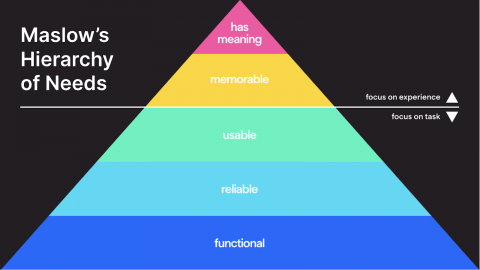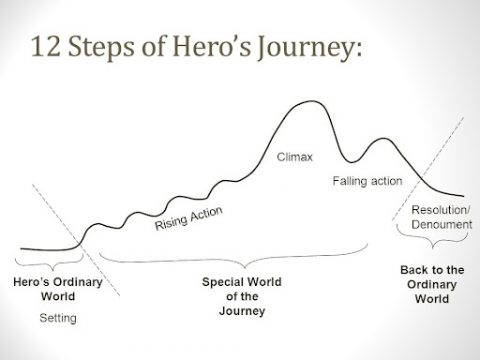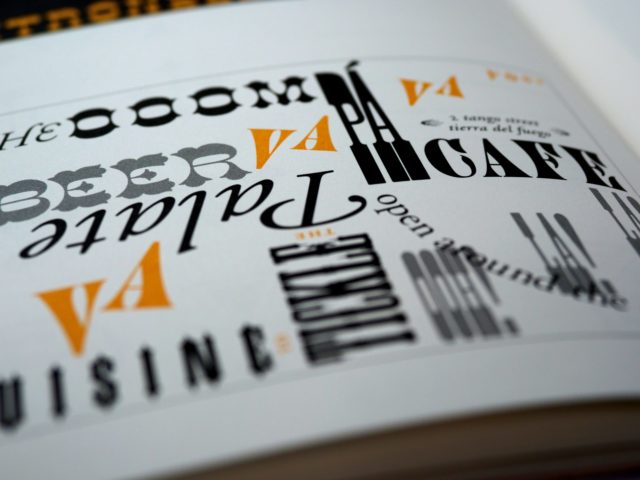What is brand storytelling?
A brand is more than just a name and a logo; it’s what people say about you when you’re not in the room. The good news is that you can curate this through brand storytelling.
Brand storytelling marketing is where you show your audience who you are, what you do and what you stand for. A brand story reveals how your company began and what has shaped it into what it is today.
In the same way you build a connection to fictional characters in a story, that’s what you are aiming to do with your audience so that your brand is remembered and cared about.
Why is brand storytelling important?
Traditional or digital marketing alone is not enough. People crave authenticity and so through effective brand storytelling, you can humanise your brand, allowing people to feel a connection with brands.
Still need more convincing? Here’s our top reasons why you should embrace the power of brand storytelling.
Catches people attention
Brand marketing storytelling is important in order to be seen and heard in such a saturated market; the world is primarily digital now, so you are competing more than ever for people’s attention.
In such a fast-paced society, people’s attention spans are small and so it’s important to use branding and storytelling to provide the humanity that will catch the attention of your audience and raise brand awareness.
Scientific reasoning
The importance of branding through storytelling is backed up in science, too.
A story can create a biological and emotional response in our brains. A happy story can trigger the brain to release oxytocin, the feel-good hormone, improving the mood of the audience and then building that positive association with your brand.
This can be very powerful in video format, as video triggers emotional contagion, making the viewer’s emotions mimic those that they are watching. Utilise the biological and emotional connection and response it creates in your target audience to get your story across and make it memorable.
Further scientific evidence can be found in Maslow’s Hierarchy of Needs (1943) where the top of the hierarchy shows the importance of the meaning behind the message and memorability of the brand.
Financial gain
Not only does digital brand storytelling get you noticed and develop deeper and personal connections with your audience, but it has also been found to improve your bottom line if it forms part of your overall marketing strategy.
Research showed that no matter what the product was, people spent more money when products were promoted through a story.
Brand storytelling examples
Emotions are the key to brand driven storytelling – often more so than explaining what your product or service is. Using the emotional element is the hook that gets people interested first, then once they are invested they can learn more about the details.
You could have an amazing product that gets completely overlooked because there isn’t any emotion to make people take notice in the first place.
1. Google Assistant
For example, consider Google’s advert for Google Assistant (Need reminding? Click here to watch it.)
Focusing entirely on the narrative of an old man with dementia using their product to remember his late wife, this commercial certainly pulls on the heartstrings. There is very little mention of product details and not much reference to the user interface either, yet was highly effective because it told a great story that hooked people in.
2. JetBlue
You can focus on different parts of your story and still have a great impact. JetBlue’s authentic brand storytelling focuses on their future – how their brand is going to evolve and grow.
In this example, they manage to create excitement for the future as they commit to making greener choices for air travel to help offset carbon emissions. Watch the advert here.
This humanises their story by showing they care about people and the environment. Plus, a focus on the future can help build trust for people to build a long-term relationship with your brand.
Key tips for building your brand narrative and story
So, how can you build and expand your brand’s storytelling? Here’s our top tips to consider.
1. Identify your story’s conflict and resolution
Every good story has a conflict in it – if it was all plain sailing it wouldn’t be interesting! Your story should follow the ‘Hero’s journey’, where typically the protagonist sets off on an adventure that takes them out of their comfort zone, leading to a conflict that, once resolved, ultimately leads them to a positive change.
2. Cover all the Ws
This may be taking you back to English lessons in school but it’s vital that you make sure all the following information is covered within your brand story:
- Who are you?
People want to connect with real people – so include real people in your brand story. This can include behind the scenes features, focusing on employees etc.
- What do you do?
As seen in the examples above, you don’t have to use traditional sales and marketing techniques to show your product. In the above example of Google Assistant, it was able to show a unique way of using the product; think about interesting ways to show what your product or service can offer.
- Who do you do it for?
Think about incorporating your audience within your brand story. After all, they are the ones you are trying to capture the attention of.
- Why do you do it?
Every company, no matter how big or small, has a reason for starting in the first place. How does your company benefit people or make a difference?
- How do you do it?
Is there something unique that you use as part of your product or service? Focusing on things that make you unique can help you stand out from the competition and it also creates trust as people know the sources better.
- What do you envision for the future?
It’s good to show what you are planning for the future to let your audience know you are in it for the long-term and they can place their trust in you. It also shows you can adapt and want to grow.
3. Share your story
Once you have made your strong brand story, don’t forget to share it with your audience, such as via social media, content marketing or email marketing. It’s great that everyone knows it internally as well so they can truly embody the brand voice.
Final thoughts
The main focus should be on humanising your brand through your story.
Don’t be tempted to miss the rocky bits of your journey. Those are actually the parts that will make your audience empathise and warm to your brand because they are being presented with something real, unlike the glamorous reels most companies have.
Authenticity is key.
We hope you found this blog on brand storytelling insightful, but if you would like to speak to a member of our Creative team about creating your own brand storytelling strategy, please don’t hesitate to contact us.









